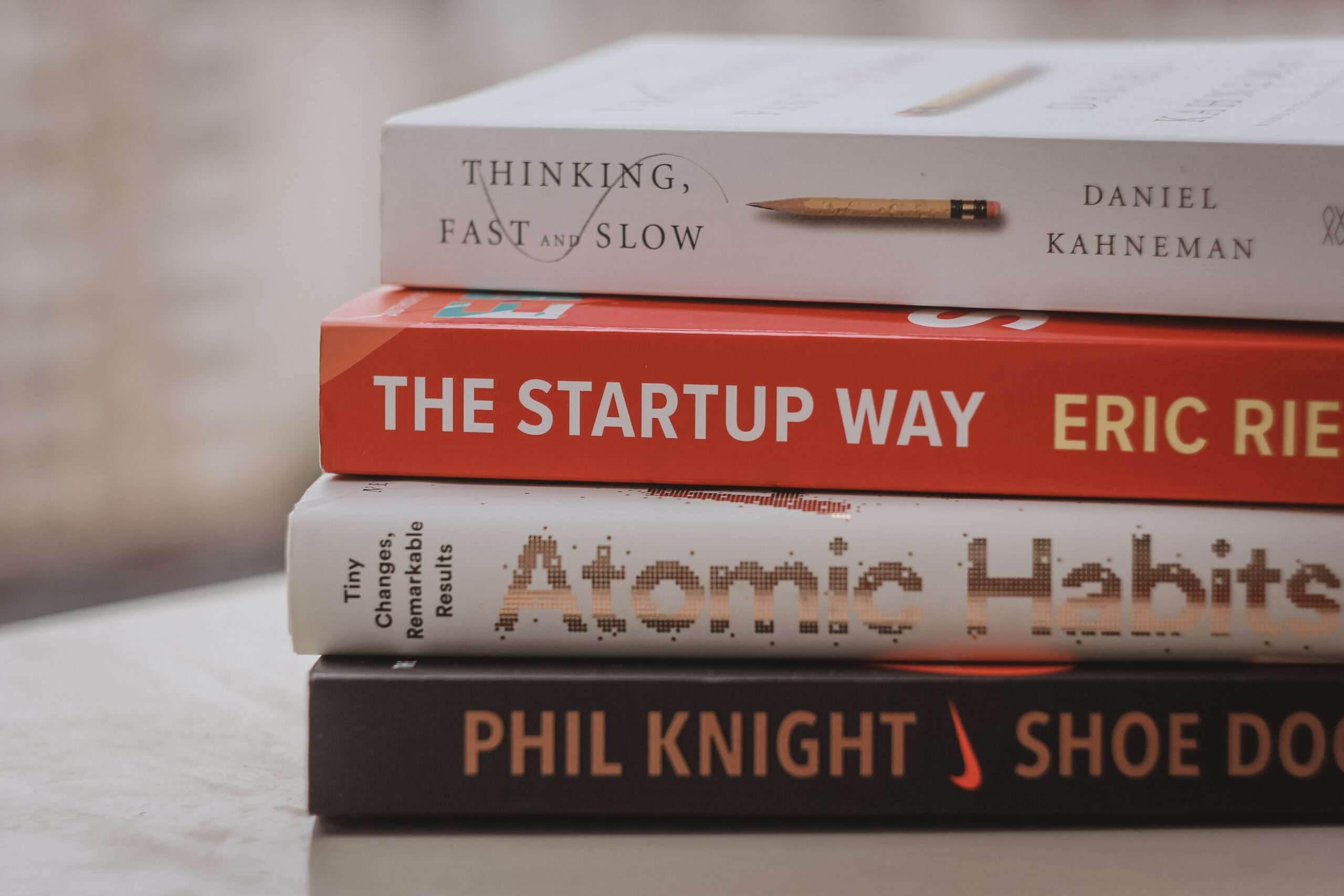Startups as the name suggests are new companies coming to market to disrupt the conventional and old ways of how a product is sold to the customer. Startups are high-risk, high-return ventures and that is why the bulk of the funds that are raised by these startups are from venture capital (VC) or private equity (PE) funds, or even sovereign wealth funds (SWF), which have the benefit of time to invest for a medium to long term and to achieve double-digit returns on an annualized basis from their investments in this space. However, most startups fail – which is a fact, as the cash burn rate is simply too high. In the US, according to the US Bureau of Labour Statistics, approximately 10% of startups fail within the first year and this number goes up to as high as 70% for years two through five.
The game plan
For most startups, the initial idea generation is just the starting point of a long process to disrupt the traditional market. From the original idea, the founders would then figure out the business plan and funding issues. Of course in the initial stage, most startups are funded by the founders and to a broader extent by family members and their circle of friends. Once the funding is in place, the founders, who would typically be involved in the running of the business will adhere to the business plan’s timeline, especially related to the development phase of the product offering and up to the product launch phase. To run the business itself requires funds and, after the initial cash burn rate of founders’ monies, these startups would have no choice but to start knocking on the doors of investors.
From angel investors to private equity funds
Typically, the first outside investors in the early stage of a startup are angel investors and very likely are high-net-worth individuals who seek to take a small equity interest in the startup. From here, the startup will try to scale up its business plan either by generating further market awareness of its unique product offering via aggressive marketing to hit its internal sales target. Typically at this stage, the startup is likely still in the red and generating negative earnings before interest, taxes, depreciation, and amortization (EBITDA), and at the same time, burning cash. As cash will likely run out fast, a startup will need to plan to obtain the next round of funding, which is typically the early stage funding and this is where some of the VCs and PEs come into play.
The pitch
How do startups pitch for new investors, especially to the VCs and PEs funds? Simple, just like how a company presents its investment deck presentation material, a startup too will prepare an investment proposal to these VCs and PEs funds emphasizing the company’s business model, its success so far, why is it a unique proposition, what is expected growth of the business and industry as well as how the present owners intend to scale up to achieve economies of scale and with the ultimate objective to be cashflow positive and profitable. A startup will also highlight the company’s strength in terms of its backers as well as key employees, which helps investors to gauge whether the company has the right resources to be viable.
What convinces investors?
In any pitch deck to investors, the eye-catching data will be the financial projections derived based on the startup’s market penetration rate based on the size of the market. Total Addressable Market (TAM) is a commonly used term to tell potential investors how big the market in which the startup is trying to penetrate. Let’s take Carsome as an example – Malaysia’s first Unicorn which was said to have been valued at US$1.7bil (RM7.56bil) when it raised some US$290mil (RM1.29bil) in a Series E funding round in January this year. Founded in 2015 with a seed capital of US$350,000 (RM1.56mil), Carsome is South-East Asia’s largest integrated car e-commerce platform, serving the Malaysian, Singapore, Indonesian, and Thailand markets.
The Southeast Asian market has a TAM size of a staggering US$55bil (RM244.5bil). This alone gives an idea to a VC or a PE fund what is the potential market share a company like Carsome could penetrate. However, Carsome’s actual revenue is just the transaction fee that it earns from car dealers for every successful transaction and not the value of the vehicle that is sold. In Carsome’s case and based on the latest figures publicly known, it presently sells about 18,000 cars per month worth some US$1.7bil on an annualized basis. This suggests that Carsome has just some 3.1% market share of the humungous US$55bil (RM244.5bil) TAM. Hence, investors see great potential as the company’s current revenue is only a fraction of what the market is. This is where the growth potential of a startup is seen as the market is simply too big to ignore and there are tremendous opportunities to expand a startup’s market share given the right resources, especially in terms of capital, to not only penetrate new markets but to expand current business offerings.
GMV explained
Grab, which is a well-known startup in this part of the world is a good example to understand the terminology used in financial reporting. For example, in the Q1 period of 2022, Grab reported US$4.8bil (RM21.4bil) in Gross Merchandise Value (GMV). 30.9mil Monthly Transacting Users (MTU). Both the data were higher by 32% and 10% y-o-y respectively and thus allowing the GMV/MTU to increase 19% to US$155 (RM690) in Q1 2022 against US$130 (RM579) a year ago. However, when one goes deeper into the data, the analysis will show that these numbers are not the revenues of the company. GMV, as the name suggests, is the value of the products or services that Grab has provided but actual revenue is only the commission that Grab earns from the provision of the services and it is paid a fee for it. Hence, when Grab reported that its actual revenue was US$228mil (RM1.02bil) in Q12022, it represents just 4.75% of the GMV the company carried during the quarterly period. For example in the delivery segment, Grab posted a GMW of US$2.56bil (RM11.4bil) but actual revenue was only US$91mil (RM405.5mil) during the quarter, translating to revenue to GMV of just 3.55%.
Big in headline numbers
In essence, for startups, it’s all about the numbers. While TAM and GMV can be huge in numbers, they do not necessarily translate to huge revenue as most of these startups only earn a fraction of the merchandise value that it carries. From the revenue generated, a startup, just like any other business, would have to pay the cost of bringing the goods/services to market in the form of commissions paid, sales and marketing expenses, and general overheads. While some startups are no longer deemed as startups as they have migrated to become significant in terms of size, the number of employees, or valuation, especially if they are unicorns, the risk of failure is still relatively high, simply due to the loss-making nature for some of these companies. When a startup reaches a point whereby the cash-burn rate is simply too high and not supported by new investors’ money, the business model has reached the stage that it is no longer sustainable and business failure is inevitable. At the end of the day, for any business, it is the positive cash flow and net profits that matter and not just big headline numbers in the form of TAM, GMW, or any other startup jargon that are used.
The article was first published here.
Photo by Lala Azizli on Unsplash.

 5.0
5.0 


















